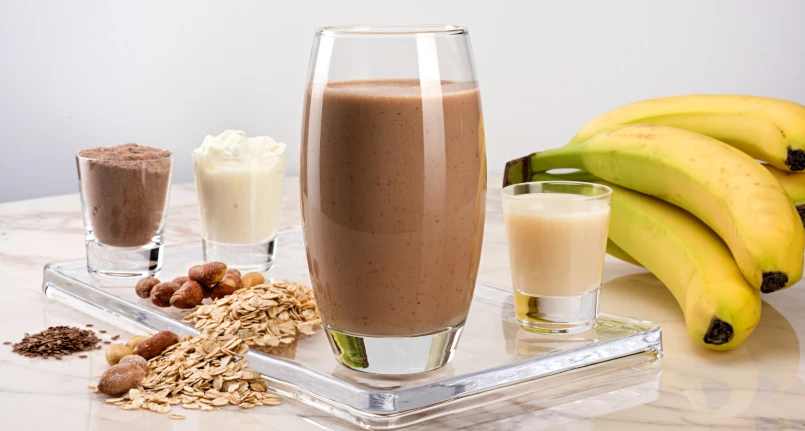Diet and Diabetes
In diabetes , the choice of vegetables and foods is a very important dietary aspect; the most suitable nutritional therapy for the treatment of this disease is related to the severity with which it occurs; therefore, it is possible to define that “the correct diet for the diabetic is the one that best approaches the (continuously evolving) needs of the treated patient”.
The criteria for dietary planning in diabetes are many and often difficult to combine; once the needs and requirements of the subject have been established, it is essential to make an accurate choice of consumption frequencies and food portions. Obviously, type 1 diabetes mellitus and type 2 diabetes mellitusthey are very different pathologies and the relative dietary therapy should adapt as much as possible to the metabolic aspects, and possibly, to the specific comorbidities of the clinical picture.
As anticipated, the choice of food portions is an aspect of fundamental importance and depends both on the clinical picture and on the level of energy expenditure ; the same can NOT be said (albeit with the due exceptions of the case) when discussing food choices.
In the dietary treatment of diabetes , the most recommended products are those characterized by a low or moderate glycemic index , and among dishes with a PREVALENCE of glucids, it is better to prefer foods characterized by:
- a lower glycemic load
- more dietary fiber .
With regard to the consumption of cereals , it would be advisable to choose wholemeal ones or in any case always associate them with abundant quantities of fiber , while for fruits , the discriminating element is represented above all by the levels of fructose …
Choice of vegetables
General criteria for choosing foods
In diabetes, the criteria for choosing vegetables are the same as for other foods; in clinical nutrition it is essential to evaluate the relevance or otherwise of these products on the basis of:
- Carbohydrate content
- Glycemic index of food
- Dietary fiber content
- Qualitative importance and contribution of functional molecules ( vitamins , trace elements , antioxidants , lecithins , phytosterols , etc.)
- Content of anti-nutritional molecules (especially oxalates and phytates )
- Consumption portion practicability with regards to nutritional needs.
In diabetes, food choices can enhance or frustrate the entire therapy; the subject suffering from type 2 diabetes , often gluttonous, sedentary and overweight , MUST profoundly change his lifestyle by moving more, eating less and better, and taking medicines . Among these three therapeutic components, the most demanding and on which the effectiveness of the other two depends is undoubtedly the diet ; for this reason, even the choice of vegetables plays a decisive role in the success of diabetic remission.
In the vegetables chosen by the diabetic , the carbohydrate content must be modest or rather low. The side dishes (or even the seasoning of first courses ) must not significantly affect the energy balance of the meal; otherwise, the risk is that of having to further reduce the portions of products with a higher carbohydrate density, such as cereals and their derivatives. Fried and breaded vegetables of all kinds, or in oil, are, for example, not recommended in the diet of diabetics, who should consume them only occasionally and in modest portions.
Which vegetables to choose
With regard to the glycemic index, it is not very difficult to choose vegetables that induce a moderate insulin response : it is sufficient to limit above all potatoes and other tubers (e.g. beets , cassava ), cereals consumed as vegetables (e.g. canned corn ) and some fresh legumes (such as peas , broad beans and beans ), foods that are not recommended especially due to the higher glycemic load . All these foods, united by their richness in starch , can be eaten as a substitute for breador by significantly reducing the amount of pasta or rice in the first course . Dried legumes ( lentils , chickpeas , soybeans , beans) can instead be eaten instead of the second course ( meat , fish , eggs , poultry, ham , etc.) if tolerated.
As regards vegetables with a medium-high glycemic index, but rich in fiber and with a low glycemic load, such as carrots , the diabetic is generally allowed a certain freedom of consumption, with the only recommendation not to exaggerate with the portions and frequency.
If on the one hand it is good to limit the consumption of starchy vegetables, on the other hand the intake of dietary fiber is a preponderant aspect; in fact, this dietary component facilitates the control of carbohydrate absorption by “taming” the insulin surge caused by carbohydrates . Obviously, in choosing one or the other product, the selection will be oriented above all towards those vegetables that are richer from a nutritional point of view and, in order to preserve their characteristics, better if eaten fresh and raw.
Avoid excesses
It should be remembered that among the molecules provided by these foods there are also various anti-nutritional components responsible for the non-absorption of some essential ions; this is the case of phytates and oxalates which bind (chelate) both the iron and the calcium in foods . Therefore, it is advisable to stick to the portions recommended by the guidelines or in any case NOT to abuse vegetables excessively even in case of diabetes.




